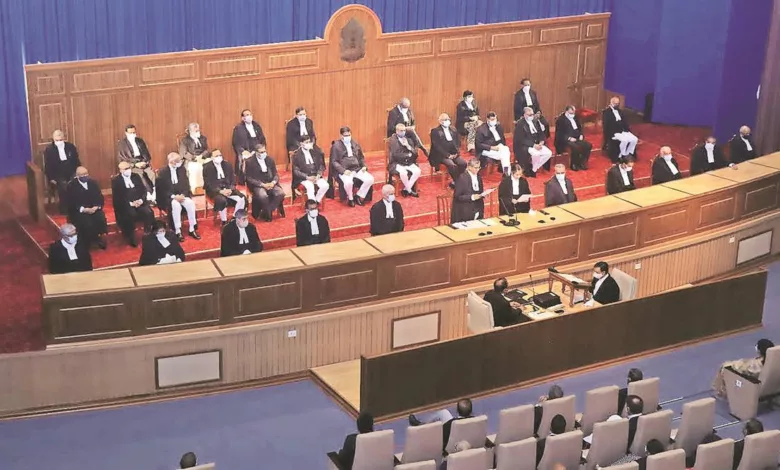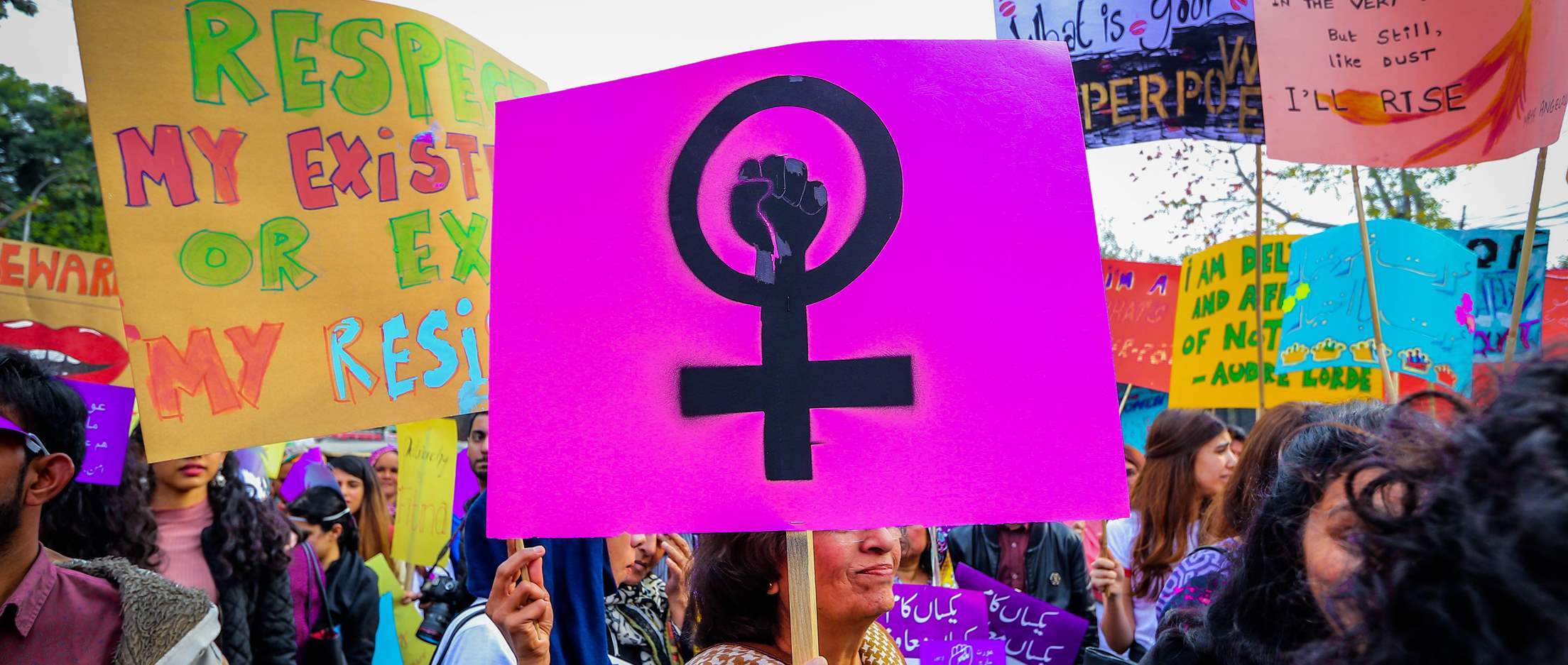Supreme Court Declines To Legislate Women’s Marriage Age: Experts Debate Who Should Make the Call?
The Supreme Court's Refusal to Regulate Women's Marriage Age: A Controversial Decision

The Supreme Court of the United States has finally determined the legal age for women to marry. Fears over federal overreach and the necessity for each state to create its own rules on the subject led the Supreme Court to decide 5-4 against a bill that would have established a uniform minimum age for women to marry in all 50 states.

Minimum age was established after women’s rights organisations complained for years that the lack of legal minimum age for marriage put women in danger of exploitation, abuse, and forced marriages. In the absence of federal regulations, many states have created their own, resulting in variations across the country. In certain states, for instance, females as young as 14 or 15 may marry with parental or judicial consent.
In the wake of the Supreme Court’s decision, academics, policymakers, and activists have been arguing about who has the power to set the legal marriage age for women. Should legal protections for women be left to the states, or should a standard federal law be enacted?

Historical Context
In recent years, greater emphasis has been placed on women’s rights and autonomy. The modification of marriage laws in the United States is proof of this. During the turn of the century, many young women were pushed to marry since it was believed that marriage would improve a woman’s social and economic status. The Morrill Anti-Bigamy Act of 1862 was the first federal marriage statute. It targeted polygamy among Mormons in Utah.
It wasn’t until the 1920s and 1930s that states started establishing minimum marriage age. Most states have a minimum age of 16 or 18 years. The most significant requirement was that permission had to be obtained from a parent or the court. In these states, girls as young as 12 or 13 can legally marry with parental or court consent.
The legal age of consent was not raised until the 1970s and 1980s, and parental and judicial consent were not recognised as exceptions until decades later. Because more people are aware of the negative outcomes that can occur when children marry, such as poverty, domestic violence, and health issues, In the majority of states, the minimum age to get married is currently 18, but some 16- and 17-year-olds can marry with parental or court approval.

The Supreme Court Decision
Even if there have been some gains, there are still regional differences in the age at which women marry. Many states, especially in the South and Midwest, have lower minimum ages and less strict rules about parental or court approval. Because of this, the risk of exploitation and abuse has gone up, especially for girls whose family members or other adults may try to force them into marriage.
In response to these concerns, women’s rights organisations have advocated for federal legislation to establish a uniform minimum age for marriage across all states. Recently, the Supreme Court ruled that it is not the federal government’s responsibility to enact legislation regarding this subject.
The Court’s ruling was based on the Tenth Amendment to the United States Constitution, which states that the federal government has no authority over anything not specifically delegated to it. The federal government should protect people’s rights, like the right to marry, but it shouldn’t be in charge of making sure that all states have the same minimum age. The Court said, though, that different states should be able to make their own laws on the subject, taking into account their own social and cultural situations.
.jpg)
Expert Opinions
Professionals and fans have responded differently to the ruling of the Supreme Court. Many argue that the court’s judgement is detrimental to the rights of women because it does not provide them with the same level of protection anywhere in the nation. In regions where there is no legal minimum age for marriage and where there are fewer restrictions and more exceptions, women are reportedly more likely to be exploited, abused, or married against their will.
On the other hand, many people agree with the Court’s decision because it fits with the principles of federalism and separation of powers. They argue that each state should be able to determine its own laws regarding the subject and that the federal government should not be involved in mandating that other states follow the same norms.
Some analysts believe that a compromise between federal law and leaving the issue to the states exists. They argue that the federal government should provide guidance and assistance to the states as they draught their own legislation regarding the legal age for women to marry. This could include funding advocacy and research projects, as well as assisting in the drafting of legislation and regulations that place a premium on women’s rights and safety.

Implications and Future Outlook
The Supreme Court’s decision is likely to have a big effect on the debate about whether or not women should be allowed to get married. Even though the Supreme Court didn’t set a national minimum age, states and the federal government could still pass their own minimum age laws. There is no doubt that the federal government and the states can do more to defend women’s rights and prevent their exploitation and abuse.
The Supreme Court’s judgement could put pressure on individual states to establish stricter norms and legislation regarding the legal age at which women can marry. Because coerced and underage marriages can be dangerous, jurisdictions with lax standards and exemptions may face pressure to increase minimum ages and eliminate exemptions.
There may be a larger push at the federal level for laws that establish a uniform minimum age for marriage across the states. Women’s rights organisations and other activists may continue to urge the government to ensure that all women are treated equally and are safe.
Third, the argument about how old a woman must be before she can get married is similar to arguments about the role of the federal government and the balance of national and state sovereignty. As the country tries to solve these problems, it is likely that women’s rights and safety will continue to be talked about and fought for at the local, state, and federal levels.
Conclusion
Experts, lawmakers, and supporters have been debating who should have the last word on the matter of lowering the legal age for women to marry in light of the Supreme Court’s decision. The Supreme Court’s decision not to establish a uniform minimum age for the entire country did not preclude individual states or the federal government from enacting their own minimum age legislation. There is no question that both the federal government and the state governments can improve their efforts to protect the rights of women and to stop the exploitation and abuse of women.
In the United States, the debate over whether or not the federal government should have a role in marriage and whether or not there should be a good balance between national and state power is a microcosm of the country’s larger cultural problems. In spite of the difficulties the country is experiencing, it is of the utmost importance that the rights of women be given top priority and that each and every woman have the independence to choose what they want to do with their lives and their futures.
Edited by Prakriti Arora




